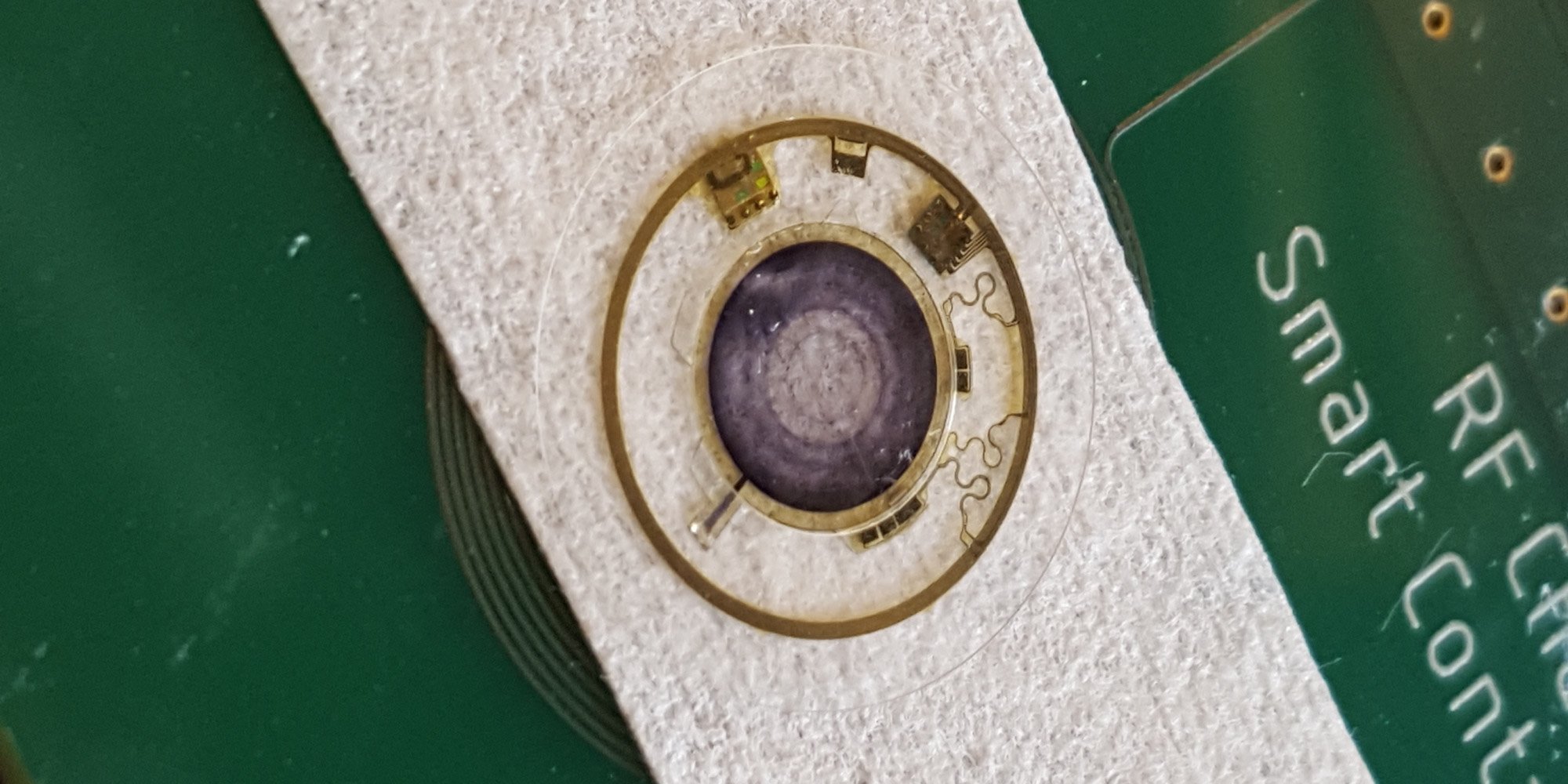
The electronic contact lens, developed by the Belgian research center imec and the Ghent University (UGent) is able to mimic a human iris and the way it functions. The researchers want to use this lens to provide a solution for people with a damaged or missing iris. Imec and UGent have founded a spin-off company to eventually bring the lens to the market: Azalea Vision.
“When we started this project some six years ago, we were really focused on visual corrections related to sharpness of vision,” says Andrés Vásquez Quentero, a research professor at imec and UGent. “We asked patients with eye disorders and doctors what they were up against. That’s how we eventually came up with the idea.”
Function of the iris
The iris of a human being regulates the amount of light entering the eye by adjusting the size of the pupil. In bright light, the pupil becomes smaller, so that very little light enters the eye. When it is dark, the pupil increases in size. As much light as possible can enter the eye this way.
The iris also regulates the depth of field in external light. The depth of field is the distance range where the image is sharply in focus. The iris has two important muscles – the sphincter muscle, and the radial muscle. The sphincter muscle encircles the pupil and can contract the pupil so that the depth of field increases. The radial muscle can dilate the pupil which causes the depth of field to decrease.
Eye disorders
An iris can be damaged by accident, which can cause a rupture, for example. There are also defects, both congenital and non-congenital, whereby the iris does not function properly or may even be missing altogether. The sphincter muscle, which regulates the narrowing of the pupil, can also rupture. When that happens, the pupil can no longer react well to light and the eye becomes more sensitive to light.
There are already solutions that artificially regulate the amount of light. Examples are an artificial eye implant or lenses. With an eye implant, it is often the case that a patient is still unable to see clearly after an operation.
Developing electronic lenses
In order to be able to improve light transmission and depth of field, the research group Center for Microsystems Technology at UGent is developing an electronic lens that is capable of changing pupil size dynamically.
The movement of the iris is mimicked in the lens by using ring-shaped pixels which are equipped with LCD technology (Liquid Crystal Display). The movement of the artificial iris is controlled by very thin electronics. For example, there is an eye blinker detector and a photodiode (a light detector) that monitors how much light enters the lens.
Electronics in the lens do not require much energy (148 nanowatts), so the lens only needs to be charged at night. Inside the lens is an NFC chip (near-field communication), enabling it to be charged wirelessly. NFC chips can also be found in public transport chip cards and in debit cards with non-contact payment options.
Despite all the technology incorporated in the lens, it is similar in terms of thickness to standard scleral lenses. Scleral lenses are lenses that lie on top of the white of the eye rather than on the cornea, just like small contact lenses. Scleral lenses are often used by people with aniridia because the lens does not lie on the sensitive cornea. Aniridia is an eye disorder whereby the iris is completely or partially absent.
Medical solution
Andrés Vásquez Quentero: “Before we started this project, we were already specialized in flexible electronics and liquid crystal (LC) technology. Using the prior knowledge we had in this field and the research we did into eye issues, we eventually succeeded in mimicking the iris in a contact lens.”
“Unlike existing solutions, this lens succeeds in improving vision and also in regulating the amount of light entering the lens,” says Andrés. “This was still lacking on the market, according to doctors and patients.”
The inventors found that the new lens has proven to be a medical solution for around 20 million people around the world suffering from eye disorders in the iris.
Testing the lens
The lens was tested in a laboratory under a variety of light conditions. They used 3D data from an aniridia patient during these test simulations. The full results of this research have been published in the academic journal Nature. The research was carried out in collaboration with the Holst Centre, an innovation center from imec and TNO (an independent organization focusing on applied science, ed.) here in the Netherlands, along with a Spanish research institute.
Future
The plan is to clinically validate the lens in the near future. The safety of the lens and any potential side effects of the lens on ocular tissue will be the main focus of attention.
Andrés points out that there are still a number of modifications that will have to be made to the lens. “We need to look for the best material for the lens so as to make it as comfortable as possible. We’re currently busy working on this.”
“We expect the lens to be on the market by the end of 2023. When this happens, the price of the lens will be similar to that of custom-made hard lenses. We are looking for governmental support in order to ensure they will be affordable. This is especially important early on in order to be able to offset the development costs.”
Also of interest:
Younger eyes for an aging population with this innovative intraocular lens
More IO articles about the innovative inventions from the Holst Centre here.







